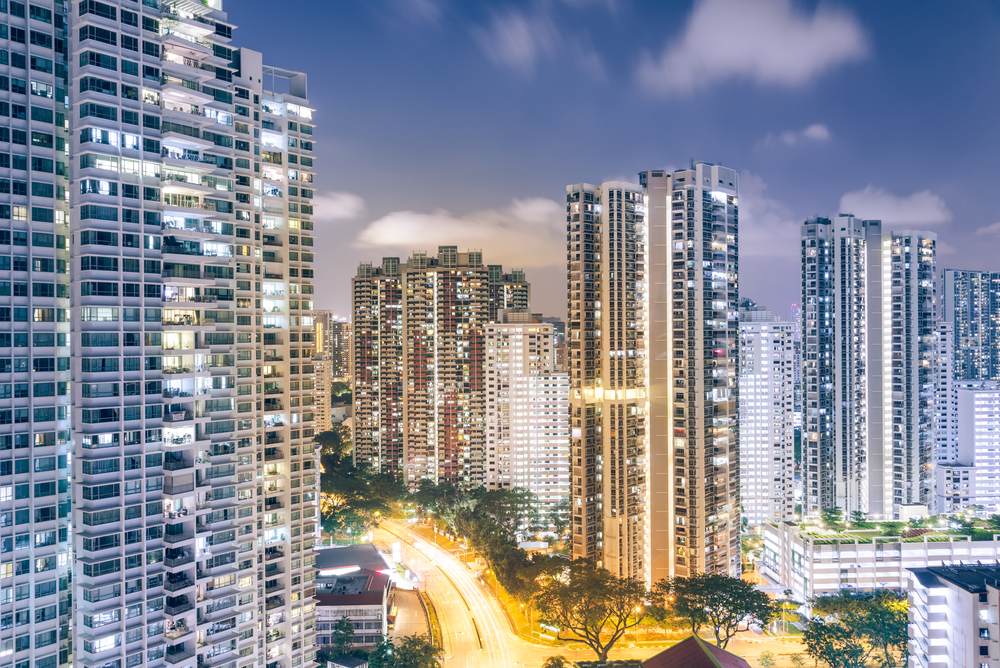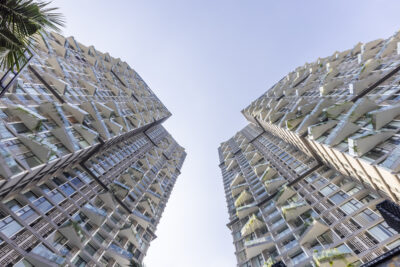Property prices for Singapore residences soar in 3rd quarter
Seeing as there are still macroeconomic uncertainties, investors are considering repositioning their assets

According to Singapore Business Review, homebuyers’ confidence improved in the third quarter of the year as the economy started to gradually reopen, prompting prices for landed and non-landed properties to rise.
Prices for landed properties surged 3.7 percent in the third quarter, while prices for non-landed properties rose 0.1 percent in the same quarter, revealed a report published by the Urban Redevelopment Authority.
Regionally, prices for non-landed properties across all regions grew, with the core central region (CCR) recording a 3.8 percent rise, the rest of the central region (RCR) documenting a 2.5 percent increase and the outside central region (OCR) reporting a 1.7 percent growth.
Christine Sun, the head of research & consultancy at OrangeTee & Tie, said that the price increase indicated improved consumer confidence as economic sectors have started to reopen.
She said that several wealthy buyers and long-term investors have been searching for properties since most of them want to reposition their wealth from risky assets, particularly with the macroeconomic uncertainties still present.
More: HDB upgraders in Singapore to reinforce current surge in condo sales
“Investors were scouring for gems in the market whilst owner-occupiers were snapping up ‘star-buy’ units released by property developers,” said Sun.
Meanwhile, rentals of landed and non-landed properties in RCR both accelerated by 0.3 percent, while rentals for landed and non-landed in OCR jumped one percent, respectively. In CCR, however, rentals in landed and non-landed spaces respectively declined by 0.1 percent and 2.1 percent.
Sun explained that the increase in the number of people renting homes could be due to the work from home setup that most companies had to establish because of the pandemic.
“There seem to be more Singaporeans renting homes recently. Some prefer the privacy and convenience of living apart from their families, especially with more people working from home,” she said.
“A growing number of tenants have been opting for shorter leases as many have the intention of moving elsewhere if they manage to find cheaper accommodation. As leases are now shorter, there will be more transactions recorded over time,” added Sun.
Recommended
Hanoi’s air pollution crisis: Balancing urban growth with environmental sustainability
Hanoi’s worsening annual toxic smog is highlighting the pressures of balancing sustainability with rapid economic growth
U.S. tariffs pose challenges to china’s housing market amid economic slowdown
Escalating US tariffs are expected to strain China’s slowing economic growth and dampen buyer confidence, creating trouble for the country’s housing market
Dewan Architects’ Mohammed Adib leads with human-centred design and technological innovation in the Middle East and beyond
Mohammed Adib channels his childhood curiosity and dislike for design uniformity into his work at Dewan Architects + Engineers
UAE real estate shifts focus to sustainability and quality, revitalising iconic projects
The UAE has risen from its challenges to emerge as a more sustainable, quality-focused destination






